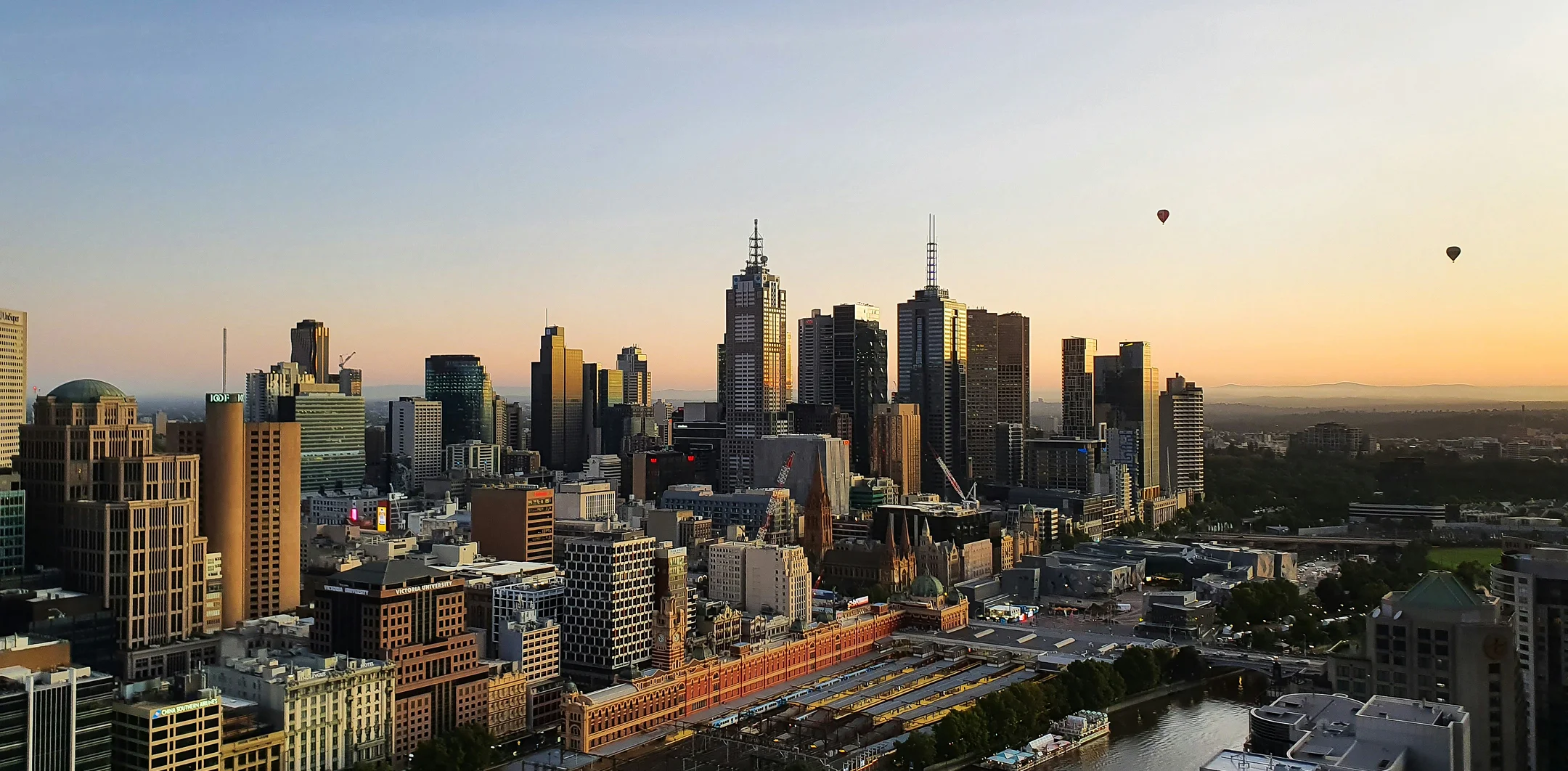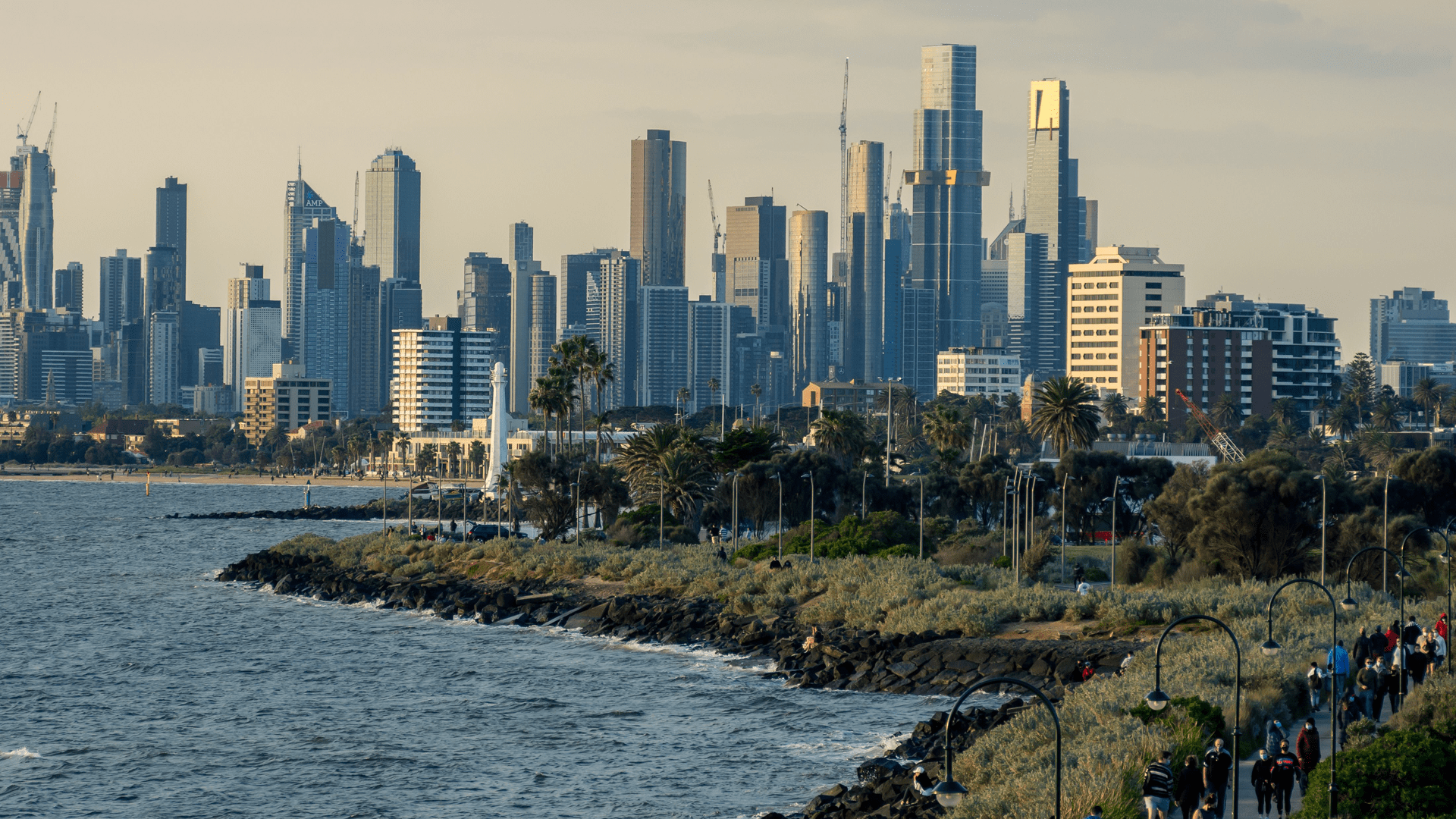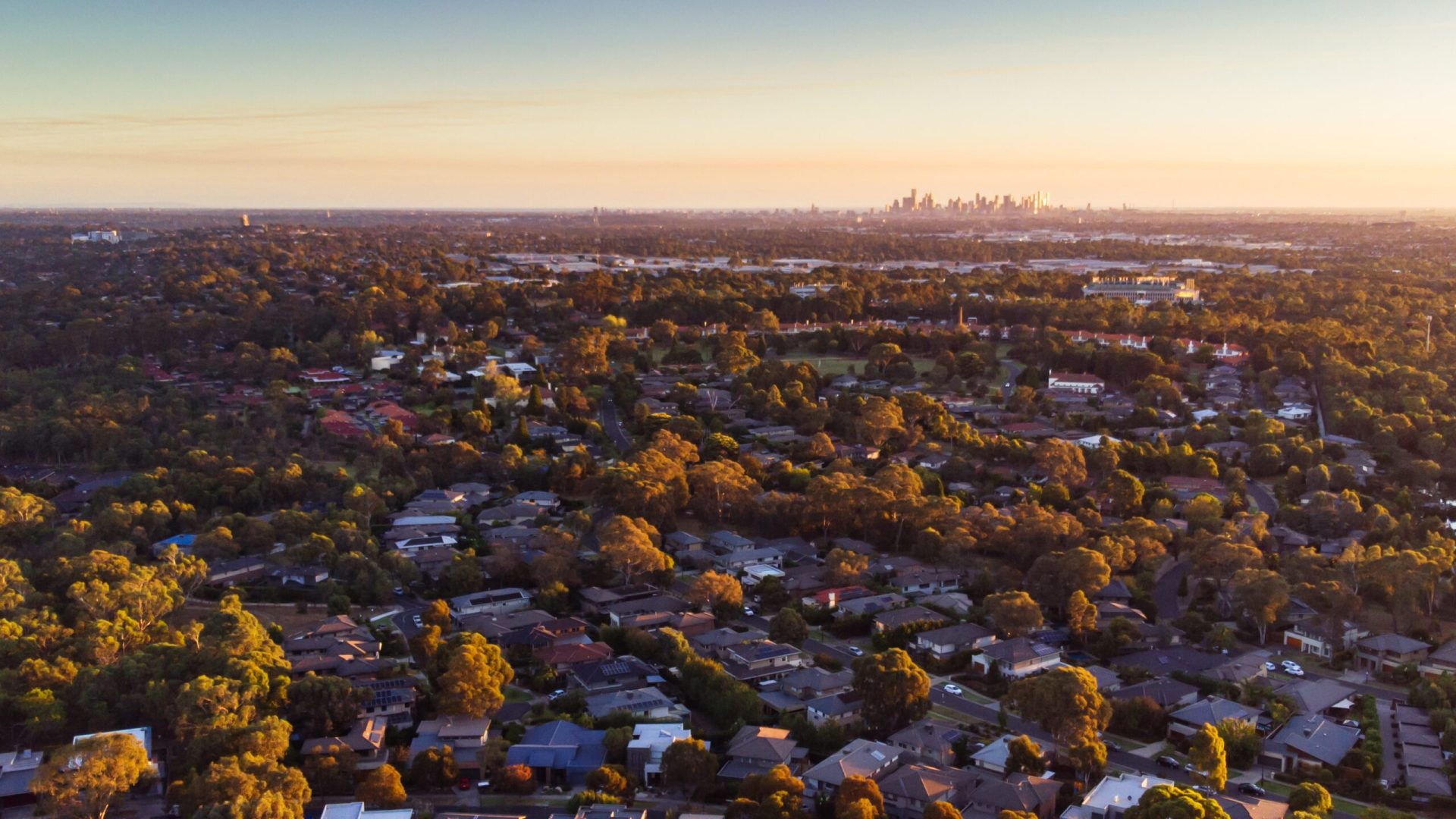By Cam McLellan
The key to building a strong property portfolio quickly is to identify when your usable equity has increased. Banks will convert this usable equity into cash, which you can then use for deposits on further investments.
This is called duplication.
How Duplication Works
Duplication only works if you’re duplicating an effective investment system. If you’re continually buying good investments, duplication works wonders. But without an effective system, you’re only going to compound your risk.
The key to duplication is to have a system that ensures that you track any market price movement. When you notice a lift in price, re-value your portfolio, increase your line of credit (or ‘contingent liability’), unlock usable equity and duplicate.
Lazy Equity: The Biggest Mistake in Property Investing
Lazy equity is when you have usable equity sitting there doing nothing. If you’re growing your property portfolio, having lazy equity is one of the biggest and most common mistakes property investors can make.
Every day your lazy equity is sitting idle, you are missing out on opportunities to duplicate and move closer to financial freedom.
The simple diagram below shows how you can duplicate your portfolio by using the increase in usable equity from one property to buy another.
It’s the easiest way to help you build your property investment portfolio quickly because you don’t have to save for each deposit.
The more property value you hold in your portfolio when a price rise occurs, the more usable equity you create. And a large increase in equity means your ability to duplicate compounds even further. This is called the ‘compounding effect’.
The key is to enter the market as soon as possible and then duplicate each time as soon as you have usable equity. But of course, while you’re putting equity into investments, ensure you also invest your time into education, so you can avoid costly mistakes.
What You Can Achieve through Duplication
Now let’s look at a safe example of what you can achieve. You don’t have to own an entire city suburb to achieve financial independence. In reality, a handful of smart investments is all you need.
Say you’ve acquired five very conservative properties over a 12-year period. If you look at the chart below, you can see how holding onto these properties until the 20th year can help you achieve real wealth, even if you stopped buying more properties.
To reach this calculation, I’ve made some standard assumptions:
- A wage of $90,000 per annum (the average household income)
- An even 5% wage increase per year
- First property purchased at $400,000
- An increase of 8% in property value per year
- Rental yield of 4.5% of the property’s value
- Interest rate of 7%.
Please note, things like capital growth, rental yield and wage increases never increase evenly each year. Over a longer period, such as 10 or 20 years, I’d still expect some variance, but the example above uses some reasonable assumptions for this exercise.
When you’re building wealth, it’s important to understand it’s not all about the amount of individual properties you accumulate. It’s the net wealth that’s built over time that matters.
In the chart above, you can see that things build slowly for the first 5-6 years. But as growth occurs while you’re holding a reasonable asset base, your wealth compounds and starts to climb much more quickly.
You will also notice that the debt level remains the same after year 12, which is when you’ll have acquired your final property.
How to Deal with Weekly Holding Costs
Along the bottom of the above chart, you can see the weekly holding costs after rent and tax. I haven’t sugar-coated these figures.
You may note that the weekly holding costs around years 11 to 13 may seem hard to sustain on the basic household wage. The holding costs at this point are at their peak (approximately $100 per week, per property). That’s around $32k per year net, after tax.
Now that’s a large amount of money if you were to use your earned income to cover the holding costs.
Never fear. What you will also notice is that during these years, the net wealth is increasing, on average, at a much faster rate per year than the holding costs.
In that case, it can be a good idea to access this equity to cover your holding costs; you will do this by refinancing and creating a line of credit.
For a period, you’ll need to use these funds until the rent increases to the point that it will cover the holding costs of your portfolio. This is standard practice for anyone building a portfolio.
Also, by having this line of credit available, you can cover any loss of income for the weeks between tenants and any repairs that may be needed.
This way, along your investment journey, you will still be able to live a reasonable lifestyle while building your wealth. Remember, you should be using this equity for holding costs or future deposits, not toys.
Why We Advocate Duplication
What is important to focus on is the level of net wealth achieved by year 15. You may seem amazed by the results, but as Einstein said in reference to the compounding effect…
“Compounding is the eighth wonder of the world. He, who understands it, earns it … he who doesn’t … pays it.”
Your amount of net wealth at year 15 will be in the vicinity of $5.9m and your portfolio’s total value will be around $8.5m.
If you factor growth of 8% on your $8.5m portfolio value (which is approximately $680k per annum), you can now live off the equity growth on your property portfolio.
This is why an equity growth strategy will always smash an initial positive cash flow strategy. You will never save your way to wealth from a wage or rental income.
As mentioned, growth won’t occur evenly each year. But once you do experience a growth period while holding several properties, working for a living at this point becomes a choice!
Five properties in 12 years is a very conservative approach to investment. But I want you to understand that these five well-chosen properties are all you need to give you a very comfortable lifestyle.
Another very achievable aim is to build a portfolio of ten properties in ten years. I’ve seen many people achieve this, but this does require a larger personal income to assist with the portfolio’s initial holding costs.
The key is to build momentum so that by year 8, 9 and 10, you can purchase two properties per year. It may sound hard, but when you have, for example, four properties that all have an increase in value, picking up an extra two or more at a time after that is very easy.
You may find that you buy one property in the first year and then none for a couple of years. You’ll then find that you might buy two, three or more properties in a single year.
To achieve this, you must follow a system that allows you to accurately monitor the market price on a regular basis.
Checks every three months are ideal; six months are the worst-case scenario. Once your usable equity increases, the key is to act quickly and buy again.
Then once you’ve purchased all the properties possible using your usable equity, sit back, enjoy life and wait for a market rise to occur again.
If this path to financial freedom sounds like something you aspire to, contact one of our property specialists to become a smarter investor today!








